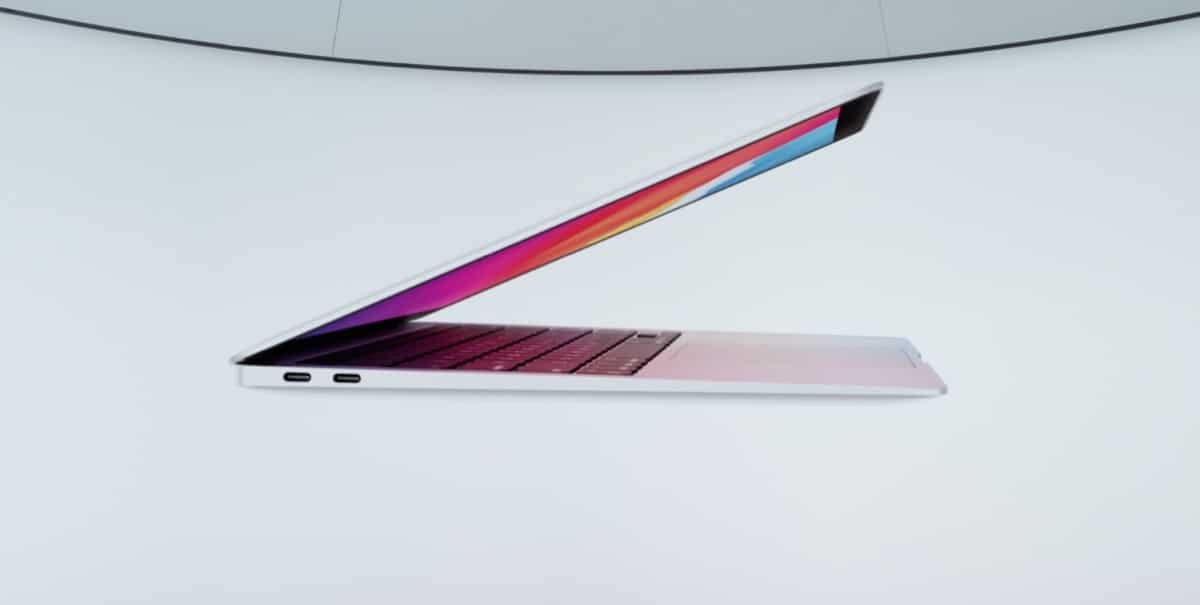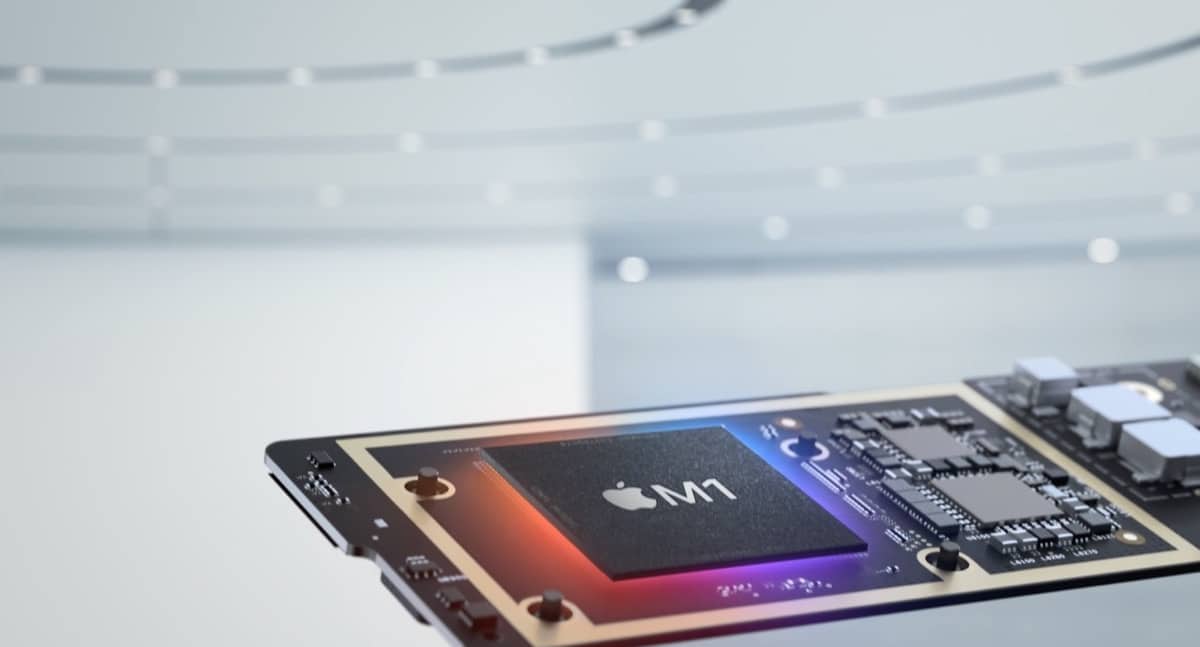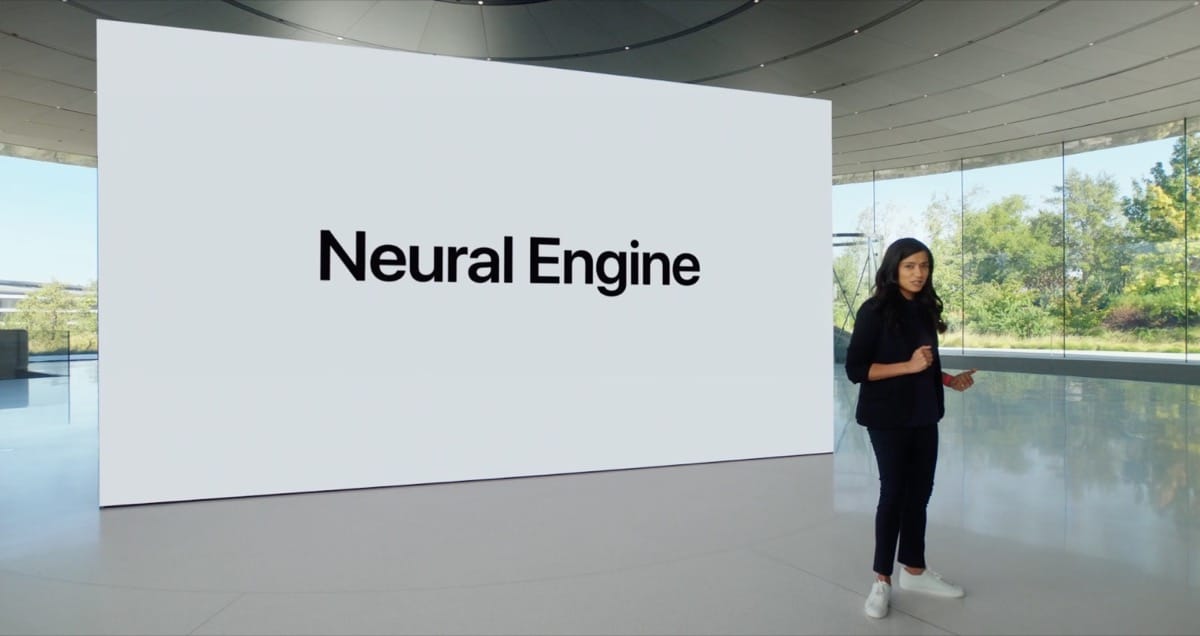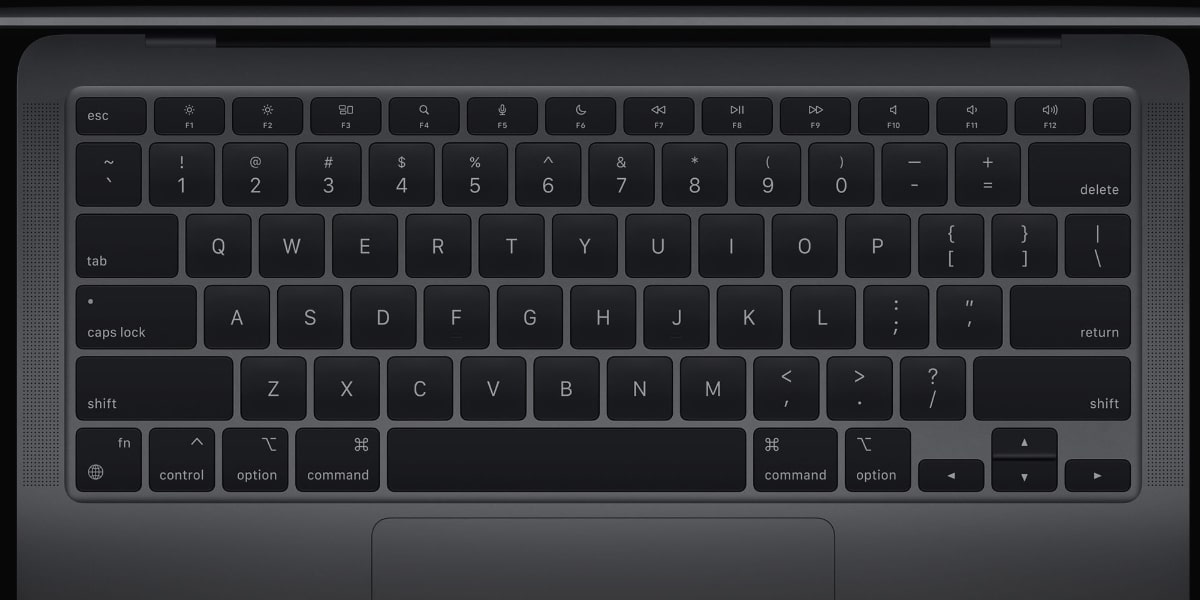
We already have with us the MacBook Air with M1. A light beast. A real delight that once again puts this computer in the place it deserves. Again it makes sense to be able to buy this wonder. But remember that the MacBook Air with an Intel processor is still being sold. We bring you a very exhaustive comparison between the two.
We start with a summary table of specifications of each of the two terminals and then we will analyze the most relevant aspects emphasizing the differences and similarities between them.
Specifications of both terminals
| M1 MacBookAir | Intel MacBook Air (2020) | |
|---|---|---|
| Starting price | from € 1129 to € 1.399 | from 1129€ |
| Dimensions |
High 0,41–1,61 cm
Ancho Steak:30,41 cm
Background21,24 cm
|
High0,41–1,61 cm
Ancho Steak:30,41 cm Background21,24 cm
|
| weight | 1,29 kg | 1,29 kg |
| Processor | Apple M1 eight-core | 10th generation 1.1GHz intel Core i3 10th Gen 1.1GHz Quad Core Intel Core i5 10th Gen 1.2GHz Quad Core Intel Core i7 |
| Graphics | 7-core Apple GPU 8-core Apple GPU |
Intel Iris Plus Graphics |
| Frame | 8 GB 16 GB | 8 GB, 16 GB |
| Industrial | Wi-Fi 6 Bluetooth 5.0 |
Wi-Fi 802.11ac Bluetooth 5.0 |
| Storage | 256GB, 512GB, 1TB, 2TB | 256GB, 512GB, 1TB, 2TB |
| Monitor | 13,3-inch 2560 × 1600 LCD with IPS and True Tone | 13,3-inch 2560 × 1600 LCD with IPS and True Tone |
| Ports | Two USB ports4 3,5mm headphone jack |
Two Thunderbolt 3 ports 3,5mm headphone jack |
| biometrics | touch ID | touch ID |
| touch Bar | No | No |
| Battery | 49.9Wh, 30W USB-C charger | 49.9Wh, 30W USB-C charger |
MacBook Air with M1 VS to Intel version on the outside

The signature look of the MacBook Air is its looks, with the notebook's design keeping it quite slim in terms of size. It is what makes this computer attractive. At its finest, it achieves outrageous measurements for a laptop. It lives up to this notebook rating. Light but fierce.
As we see in the table specifications, there are no size differences between the two models. The same thing happens with the weight, it is the same. Therefore the rumors that indicated that there would be no changes abroad are fulfilled. But the good is inside. Undoubtedly.
Turn now to analyze the screens
The display of the Intel MacBook Air is the long-standing 13,3-inch IPS LED display, which has a native resolution of 2.560 by 1.600. This gives you a pixel density of 227 pixels per inch. Unsurprisingly, the M1 model has the same screen size, resolution, and pixel density. There are also no changes in terms of brightness, with the Intel and M1 variants capable of producing up to 400 nits..
Both versions also include support for Wide Color (P3) and True Tone, Apple's system to automatically adjust the color temperature of the display to match changes in ambient lighting, to prevent the display from appearing to change to the user compared to its surroundings.
The interesting thing comes now: MacBook Air with M1, the wonder come true

Apple offers a selection of up to three processors (“Ice Lake”) for Intel-based MacBook Air:
- Intel Core i3. A 1,1 GHz dual-core processor with Turbo Boost up to 3,2 GHz and 4 MB of L3 cache.
- Core i5. Four 1,1 Ghz cores with 3,5 GHz Turbo Boost and 6 MB L3 cache.
- The top model. Core i7. Powered by a 1,2Ghz quad-core chip with 3,8GHz Turbo Boost and 8MB L3 cache.
The M1 chip in the new MacBook Air uses a 5 nanometer process instead of the 10 nanometer version used by Intel. It uses eight cores, consisting of four high-efficiency cores and four high-performance cores, which can be used in various combinations to provide sufficient user performance while reducing battery usage. The four high-efficiency cores are said to be as fast as a dual-core chip alone, with the M1 even capable of employing all eight cores at once if necessary.

The use of a unified memory architecture is to help further improve performance, although there is also the on-board neural engine to consider. 16-core engine offers up to 11 billion operations per second, which will help with tasks that take advantage of machine learning.
How will both behave on the charts?
On Intel models, the MacBook Air uses Intel Iris Plus. The MacBook Air with M1 uses its own GPU design as part of its SoC, which is based in part on those you design and use to provide graphics on the iPhone and iPad lines. From what Apple has explained, the GPU is the "most advanced graphics processor" the company has ever created, and it is claimed to provide twice the performance of previous generations.
On paper, Apple has explained that the M1 uses up to 8 GPU cores, so would offer graphics up to 5 times faster than the previous generation for the 8-core version. Also with the M1, it is more than likely to accept a resolution of up to 6K at 60Hz, and it is more than feasible to support up to two screens.
The lack of real evidence only allows us, at this time make approximations taking into account the specifications mentioned in the presentation.

MacBook Air with M1 keyboard is new

Some keys in the first row have been modified by new direct functions. There are three keys in the first row that have changed their function when you press them. Now the new MacBook Air with M1 features new Spotlight keys, dictation y do not bother.
As for the other specifications, such as Memory, connectivity, ports and more, we have to say that there is a technical tie, since the specifications in this matter are the same.